Have you ever caught your cat staring at you with those mesmerizing eyes and wondered, “What is going on inside that furry little head?” Cats are mysterious, expressive, and sometimes downright baffling. Yet, every swish of their tail, every trill, and every sideways glance is packed with meaning. For cat lovers everywhere, understanding what your feline friend is truly saying can deepen your bond and turn confusion into delightful “aha!” moments. Let’s decode the secret language of cats and learn how to read between the lines of their unique behaviors.
The Tale of the Tail: What That Flick Means

A cat’s tail is like a mood ring—constantly changing and revealing secrets. When your cat’s tail stands tall and quivers, it often signals excitement or happiness. A slow, gentle swish might mean they’re relaxed, while a flicking or lashing tail usually indicates irritation or agitation. Curled tails around their body spell comfort and security. If the tail puffs up, your cat is likely scared or startled, trying to look bigger and braver than they feel. Always watch how the tail moves in different situations; it’s a reliable window into your cat’s emotional state.
Ear Signals: The Cat’s Radar

Ears are another powerful clue to your cat’s inner thoughts. Forward-facing ears show curiosity or contentment. If those ears swivel back or sideways, your cat might be feeling threatened or overstimulated. Flattened ears are a clear sign of fear or anger—think of it as your cat’s version of “back off!” Ears that twitch or move rapidly can indicate confusion, interest, or even annoyance. Observing your cat’s ear positions in various contexts helps you anticipate their reactions before they happen.
The Eyes Have It: Blinks, Stares, and Slow Winks

Cat eyes speak volumes. A slow blink from your cat is like a warm feline hug; it’s their way of saying, “I trust you.” Conversely, wide, unblinking eyes might signal excitement, surprise, or even fear. If your cat stares directly at you, they may be trying to communicate something important, or they might just be curious about your next move. Narrowed eyes often mean contentment or a relaxed state. Keep an eye on their pupils, too—dilated pupils can indicate excitement, playfulness, or fear, while tiny slits may show aggression.
Purring: Contentment or Something Else?

While purring is typically linked to happiness, it’s not always so simple. Cats also purr when they’re anxious, in pain, or unwell. Listen to the context: is your cat purring while being petted and relaxed, or are they hiding under the bed, purring in distress? Some experts believe purring is a self-soothing mechanism. If your cat is purring in unexpected situations, check for other signs of discomfort or illness, and remember that not all purrs are created equal.
Meows, Trills, and Chirps: The Language of Sound
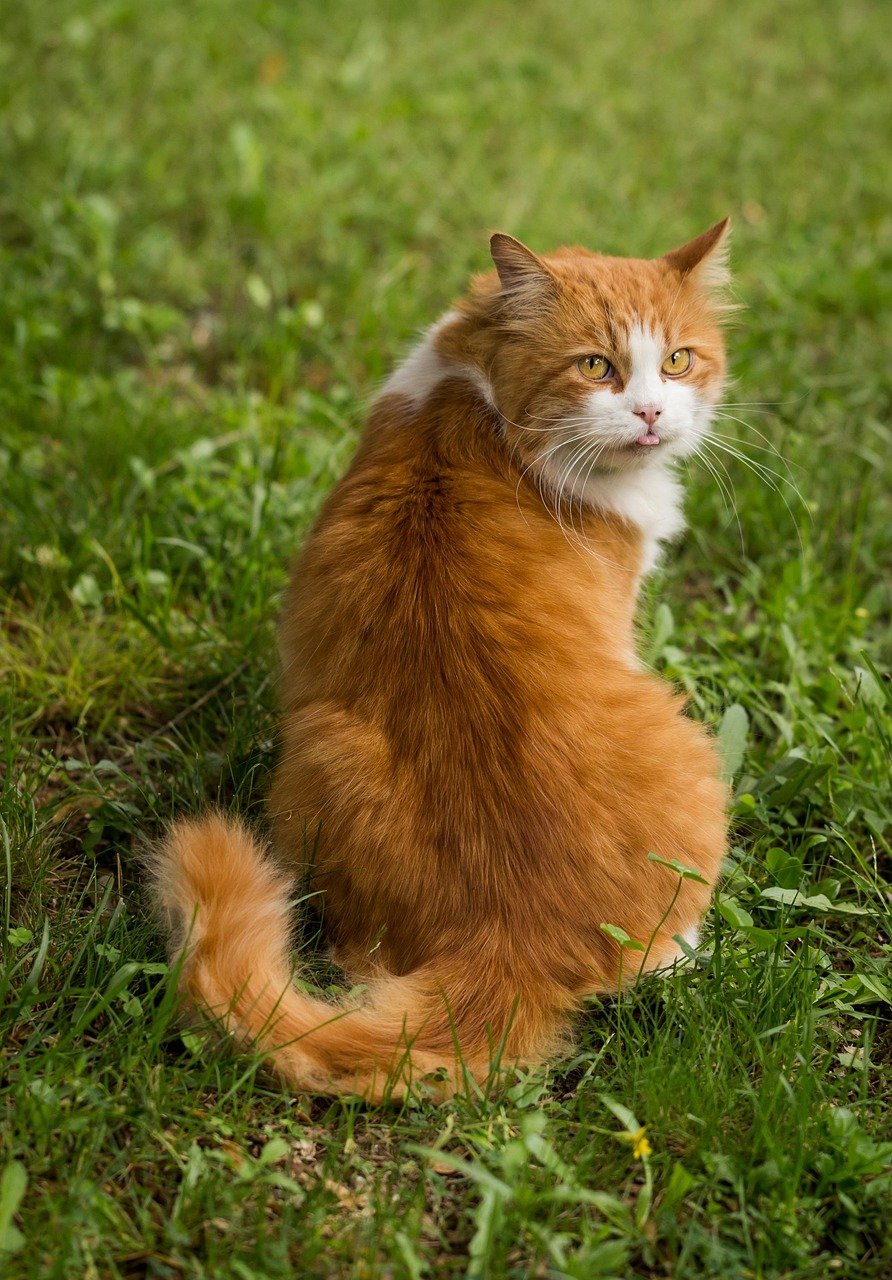
Every cat has a unique vocabulary, from soft meows to loud yowls. Meowing is mostly reserved for communicating with humans. A gentle meow might mean a greeting, while a persistent, loud meow could signal hunger, loneliness, or even frustration. Trills and chirps often indicate excitement or an invitation to follow. Yowling or howling may point to distress, mating calls, or medical issues. Learning your cat’s specific sounds creates a stronger bond and helps you respond to their needs more effectively.
Body Posture: Tension, Relaxation, and Everything in Between
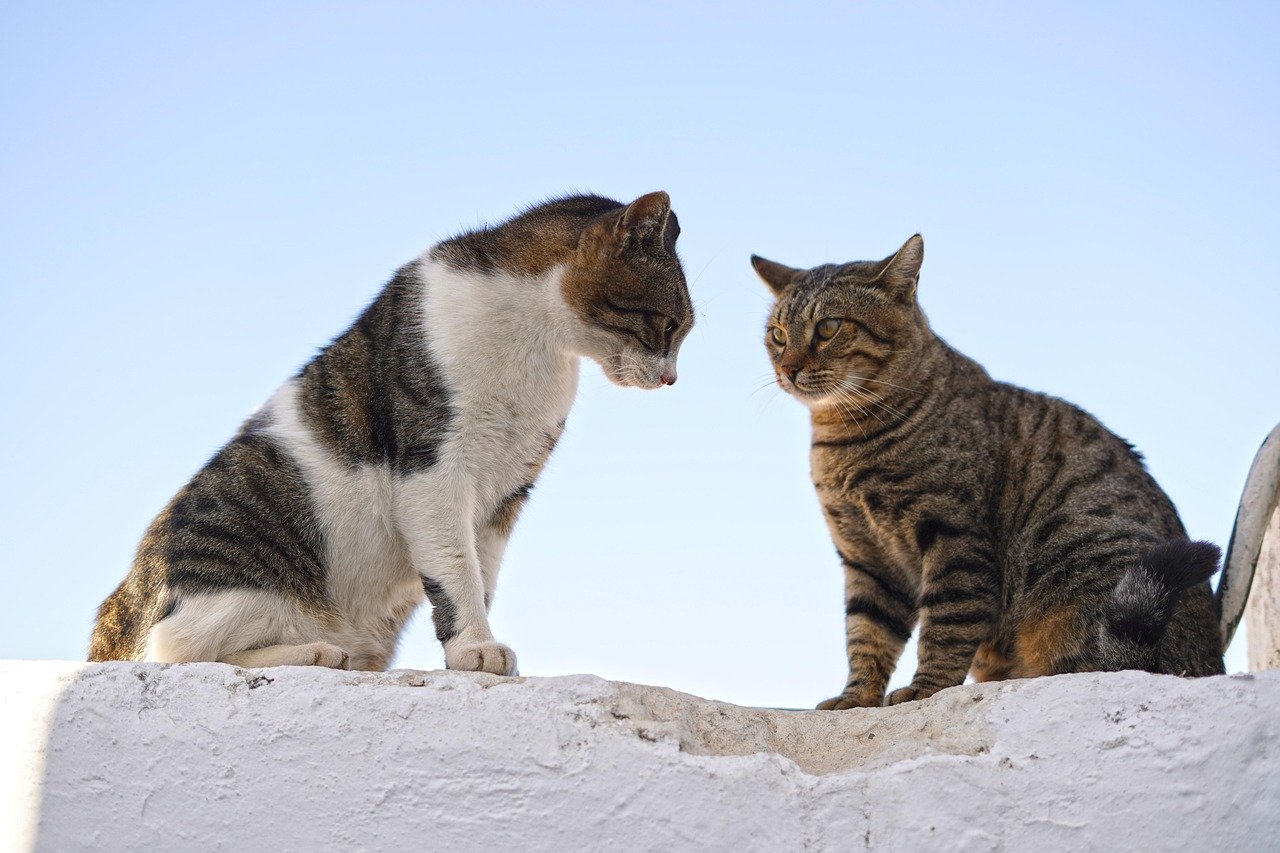
The way your cat holds their body is a direct reflection of their mood. A relaxed, stretched-out cat is at ease, while a crouched or hunched posture suggests fear or uncertainty. If your cat arches their back and puffs up, they’re scared or trying to ward off a perceived threat. Rolling over and exposing their belly might be an invitation to play, or it could be a defensive posture—approach with caution! Pay close attention to how your cat’s body shifts in different environments to better understand their feelings.
Belly Up: Trust or Trap?
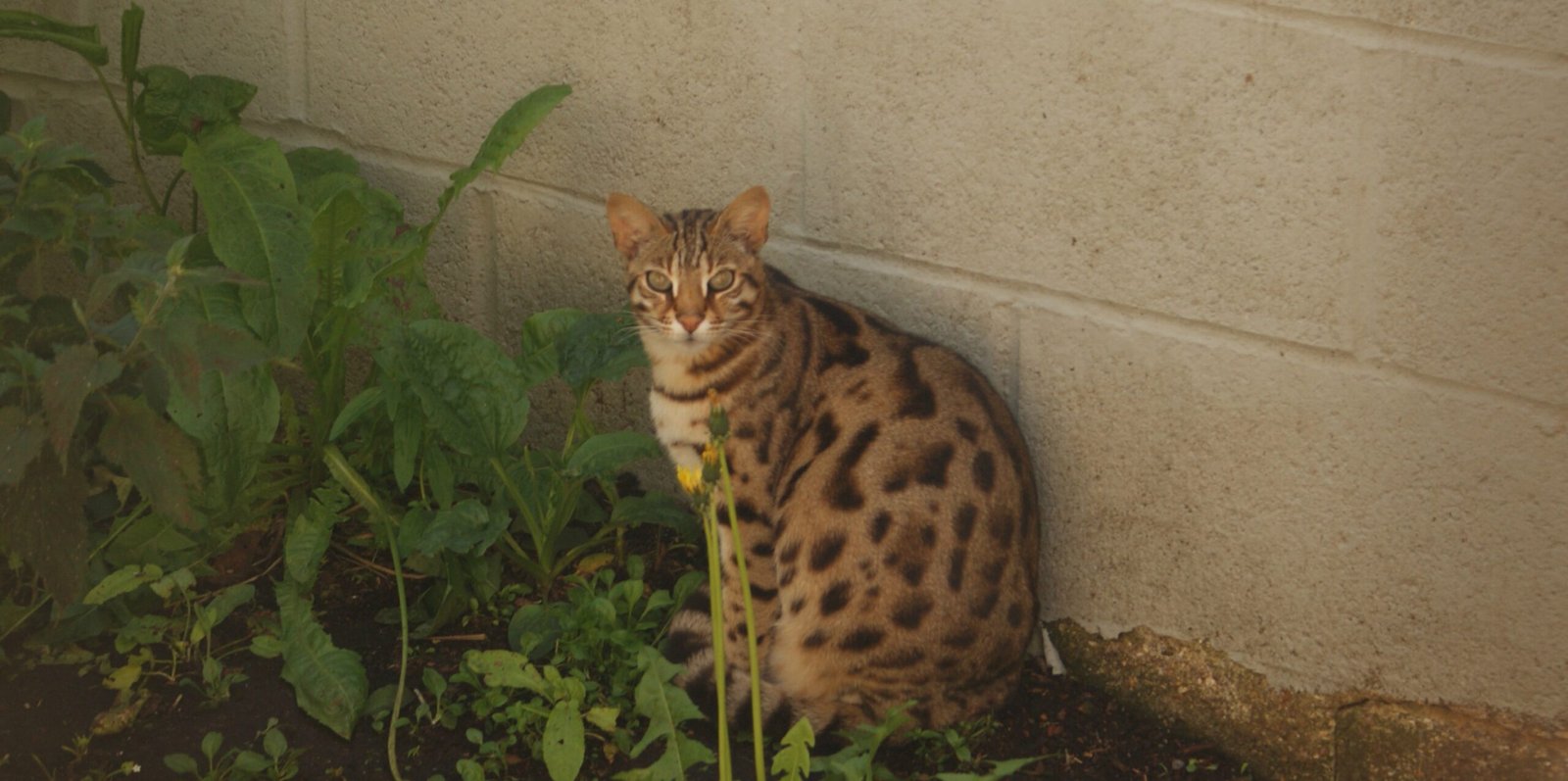
Seeing your cat expose their belly can be adorable, but interpreting this gesture is tricky. Sometimes, it’s a sign of trust, showing vulnerability and comfort with their surroundings. However, not all cats want belly rubs—even if they roll over. Some cats use this pose as a defensive tactic, ready to swat with claws if they feel threatened. Respect their boundaries and learn what your unique cat prefers.
Kneading: A Comforting Ritual
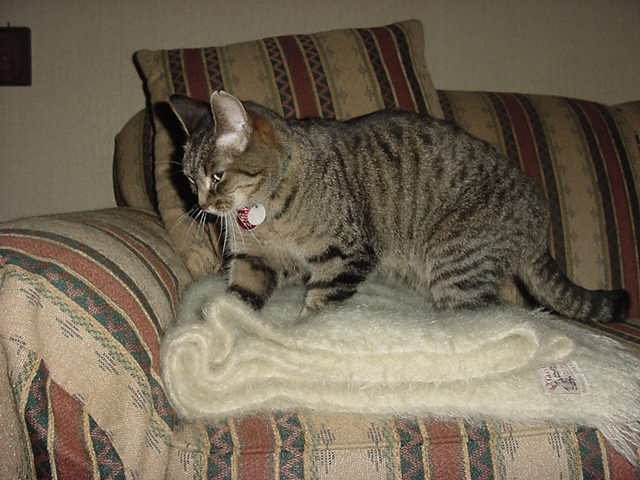
When cats press their paws rhythmically on soft surfaces, it’s called kneading. This behavior is a throwback to kittenhood, where kittens knead their mother’s belly to stimulate milk flow. Adult cats knead when they’re feeling especially happy, cozy, or secure. It’s a sign of affection, and your cat may even knead you—think of it as being chosen as their favorite human. Just be careful if their claws are out; a soft blanket can save your lap!
Hiding: Solitude or Stress?
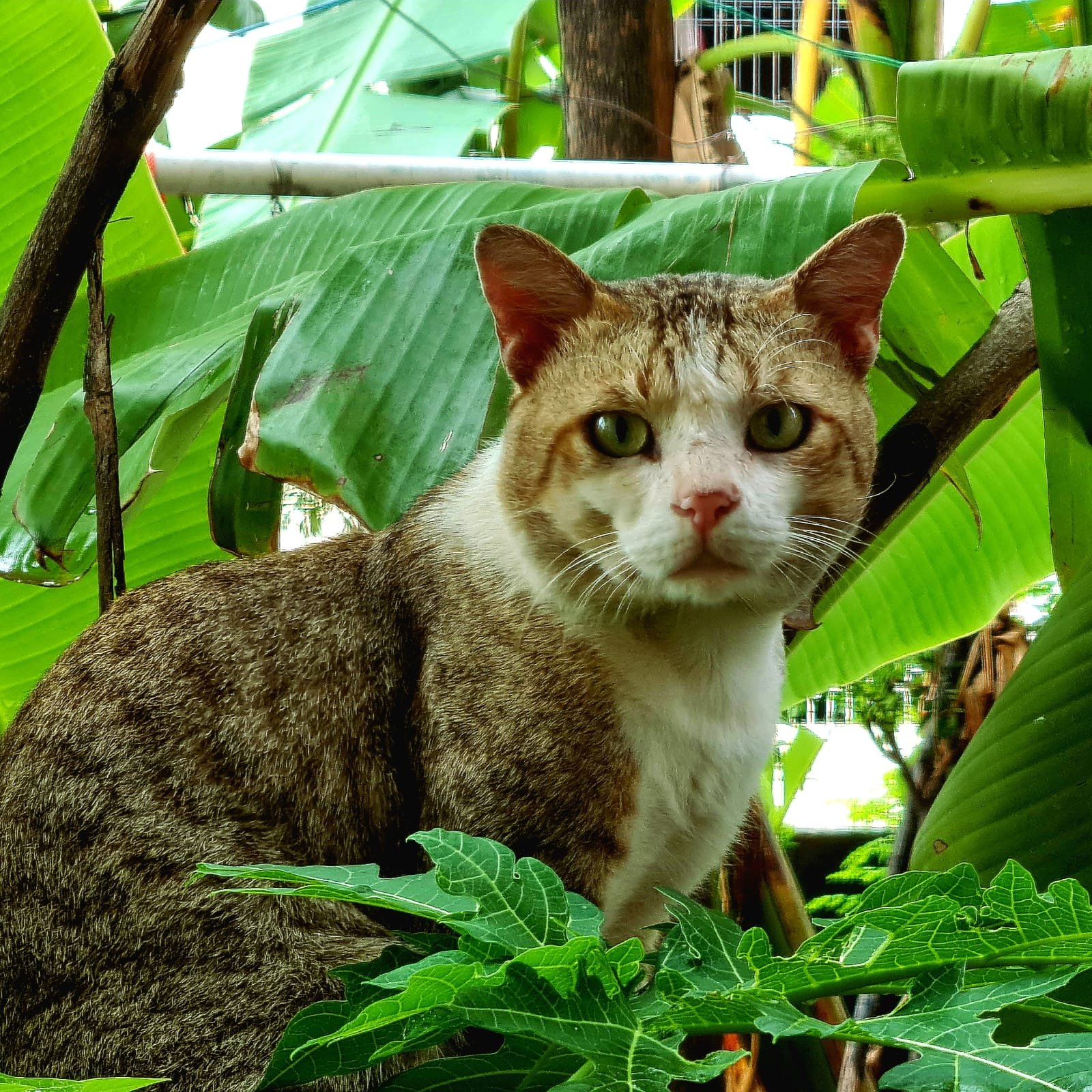
Cats are notorious for squeezing into small, hidden spaces. While some cats simply enjoy a good hideout for privacy, sudden or excessive hiding can be a red flag for stress, fear, or illness. If your typically social cat starts disappearing more often, check for changes in their environment or health. Providing safe, cozy spaces can help your cat feel secure, but always keep an eye on this behavior for signs of underlying issues.
Grooming: Cleanliness or Communication?
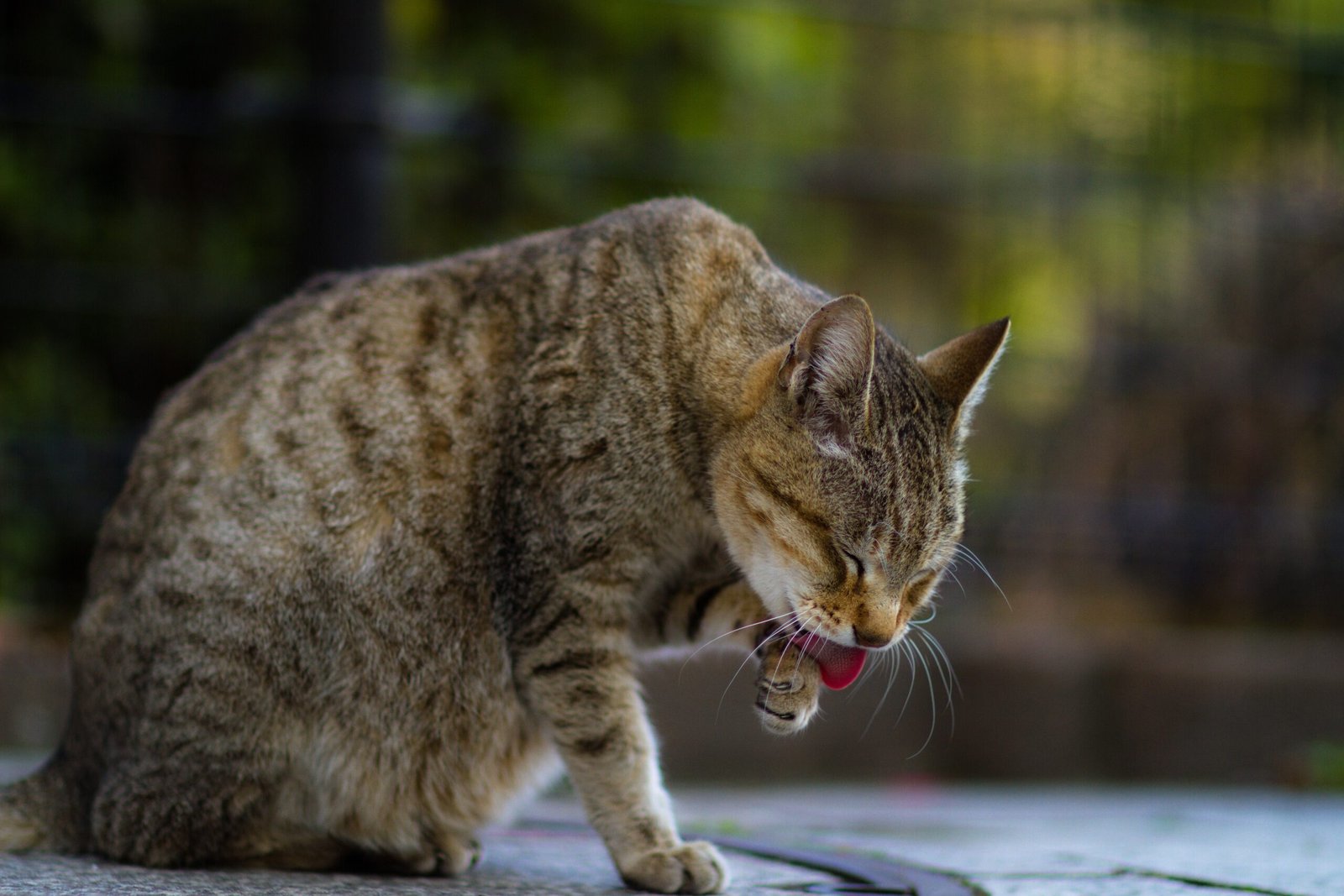
Cats spend a surprising amount of time grooming, which is not only about staying clean. Grooming can be a soothing ritual—almost like meditation for cats. Over-grooming, on the other hand, might indicate stress, allergies, or skin problems. Mutual grooming between cats (or between you and your cat) is a sign of trust and affection. Watch for changes in grooming habits, as they can be early indicators of health or emotional problems.
Head Butting: A Mark of Affection

When your cat bumps their head against you, they’re not just being playful—they’re marking you as family. Cats have scent glands on their heads, and by rubbing or butting, they’re claiming you as part of their territory. It’s a loving gesture, reinforcing the bond between you. If your cat head butts you often, consider yourself truly loved and trusted.
Bringing You “Gifts”: Tokens of Love
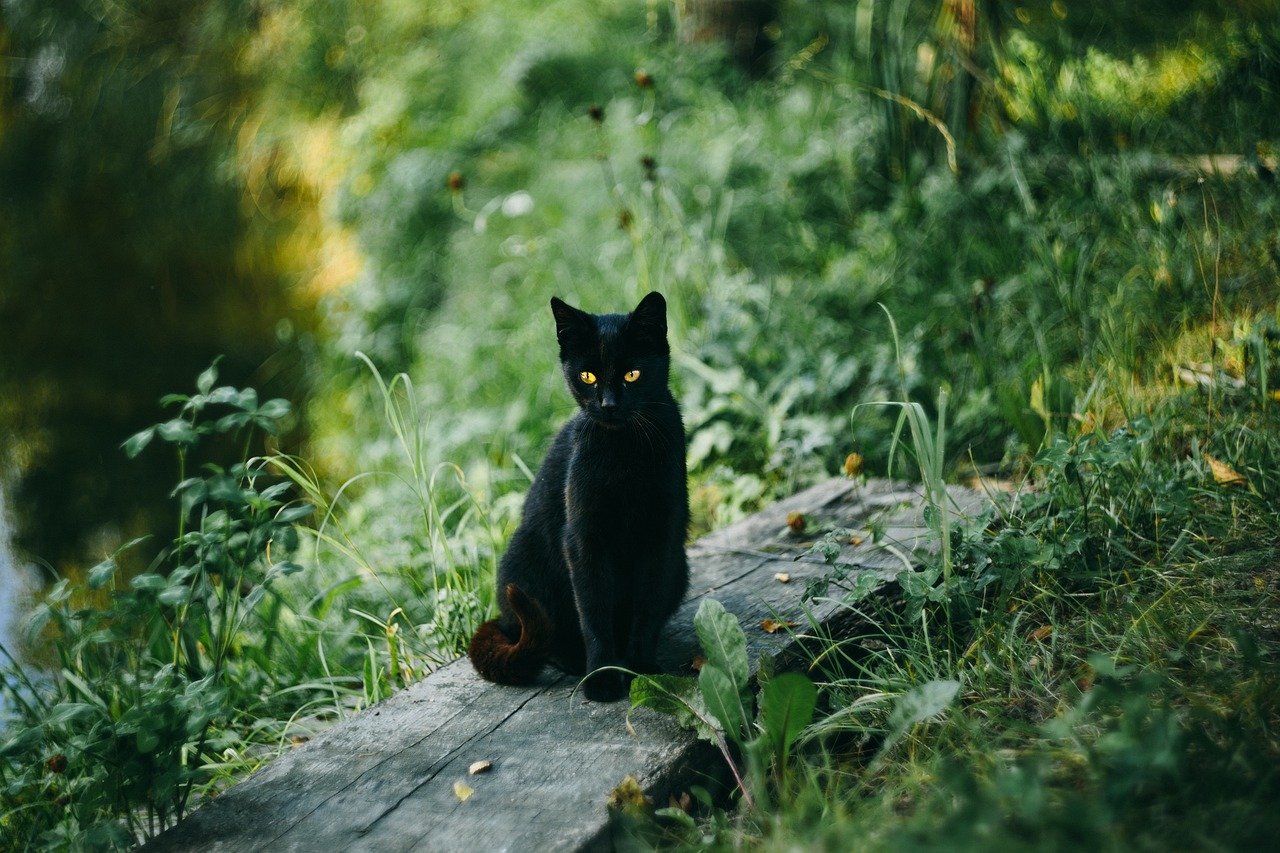
One of the most bewildering cat behaviors is receiving “gifts”—be it a favorite toy, a piece of string, or even an unfortunate mouse. While this can be shocking or even gross, your cat is displaying affection and treating you as a member of their family. In the wild, cats bring food to their young or share with those they trust. Even indoor cats express this instinct by dragging toys to your feet. It’s their way of saying, “You’re important to me.”
Following You Everywhere: Feline Attachment
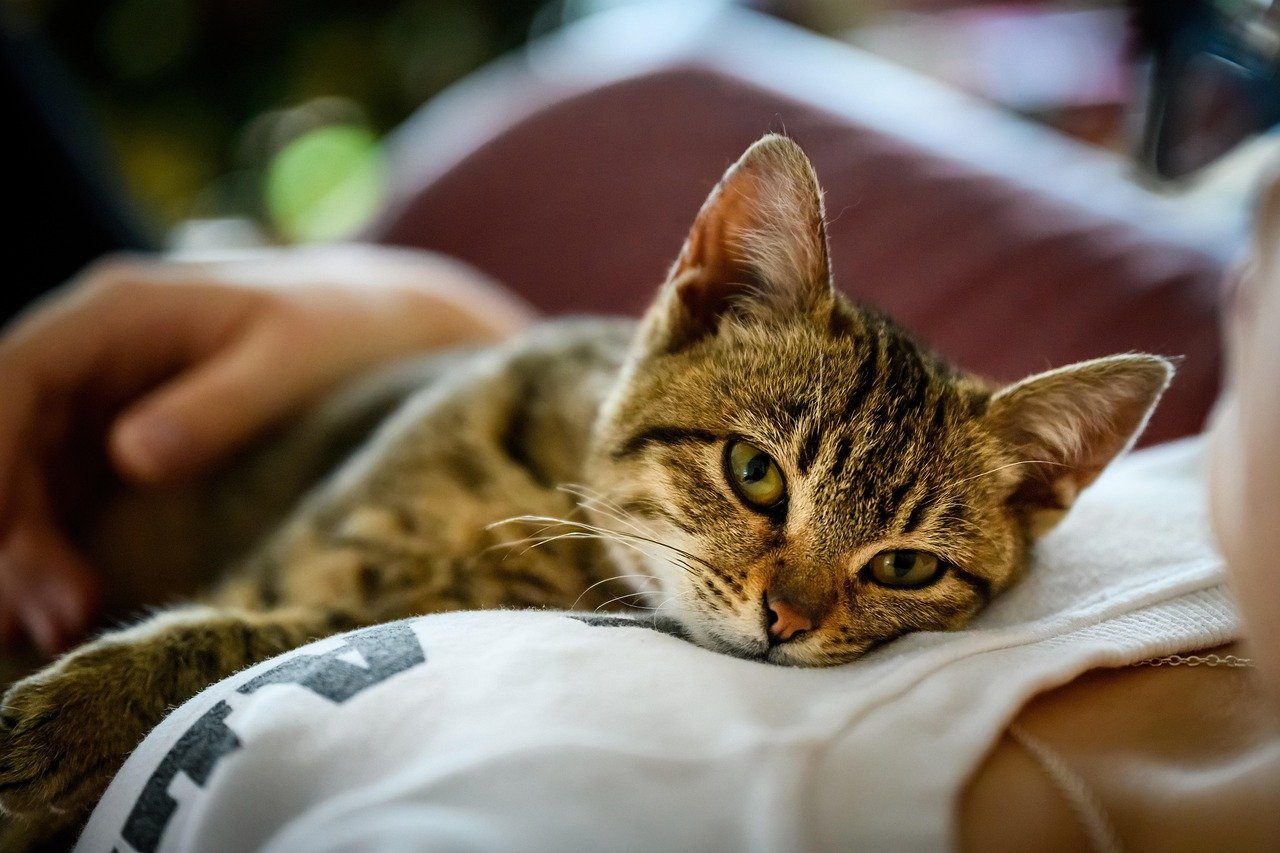
Does your cat shadow you from room to room? While some claim cats are aloof, many are deeply attached to their humans. Following you is a sign of love, curiosity, or simply wanting to be involved in whatever you’re doing. Your cat may want reassurance, company, or just to see if you’re about to open a can of food. Take it as a compliment—they just can’t get enough of you.
Sitting on Your Stuff: The Scent Game
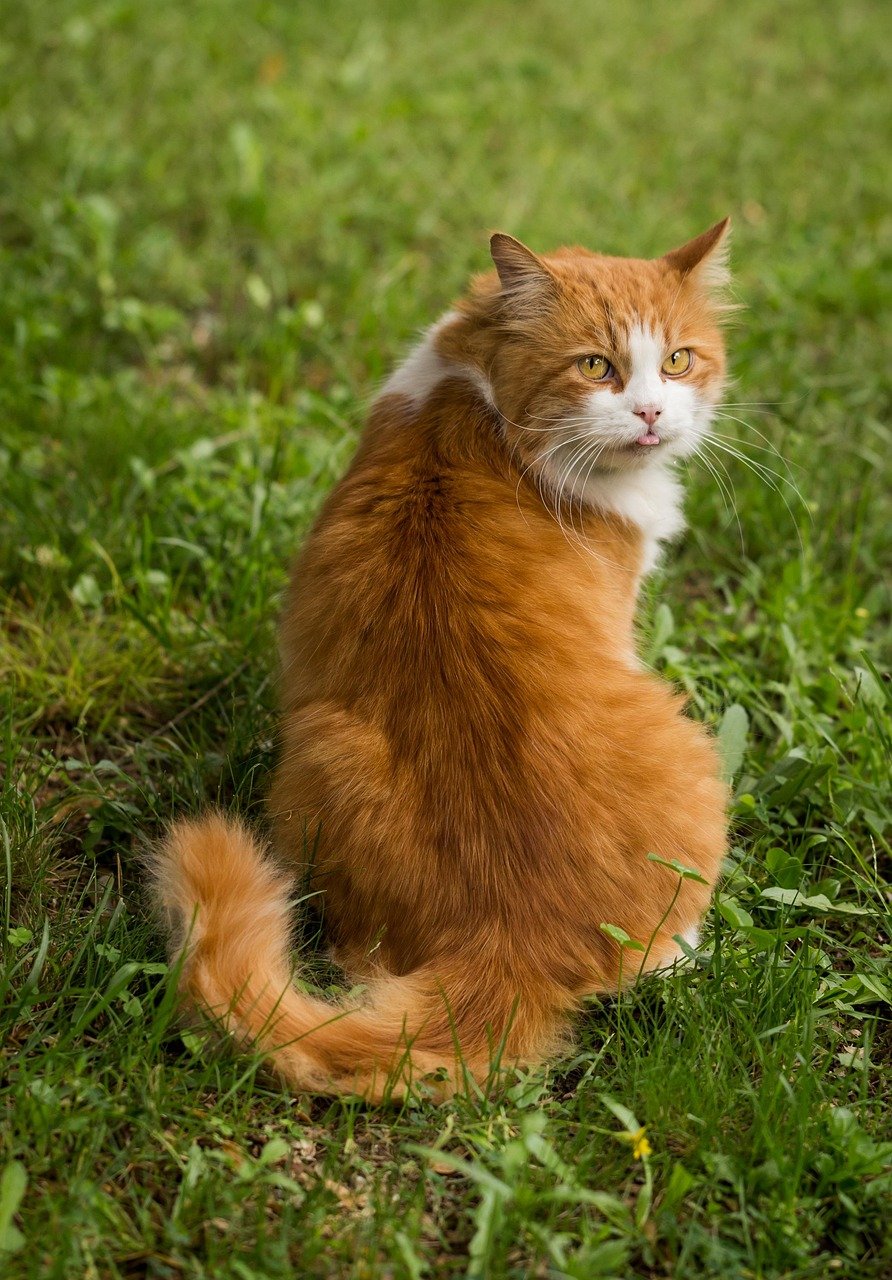
Cats have a knack for plopping down on laptops, books, and laundry. This isn’t just a bid for attention—they’re claiming your belongings as part of their territory. Your scent comforts them, and mingling their own scent with yours helps them feel safe and connected. Next time your cat sits on your keyboard, remember, it’s a love letter in their own unique language.
Scratching: Instinct or Message?
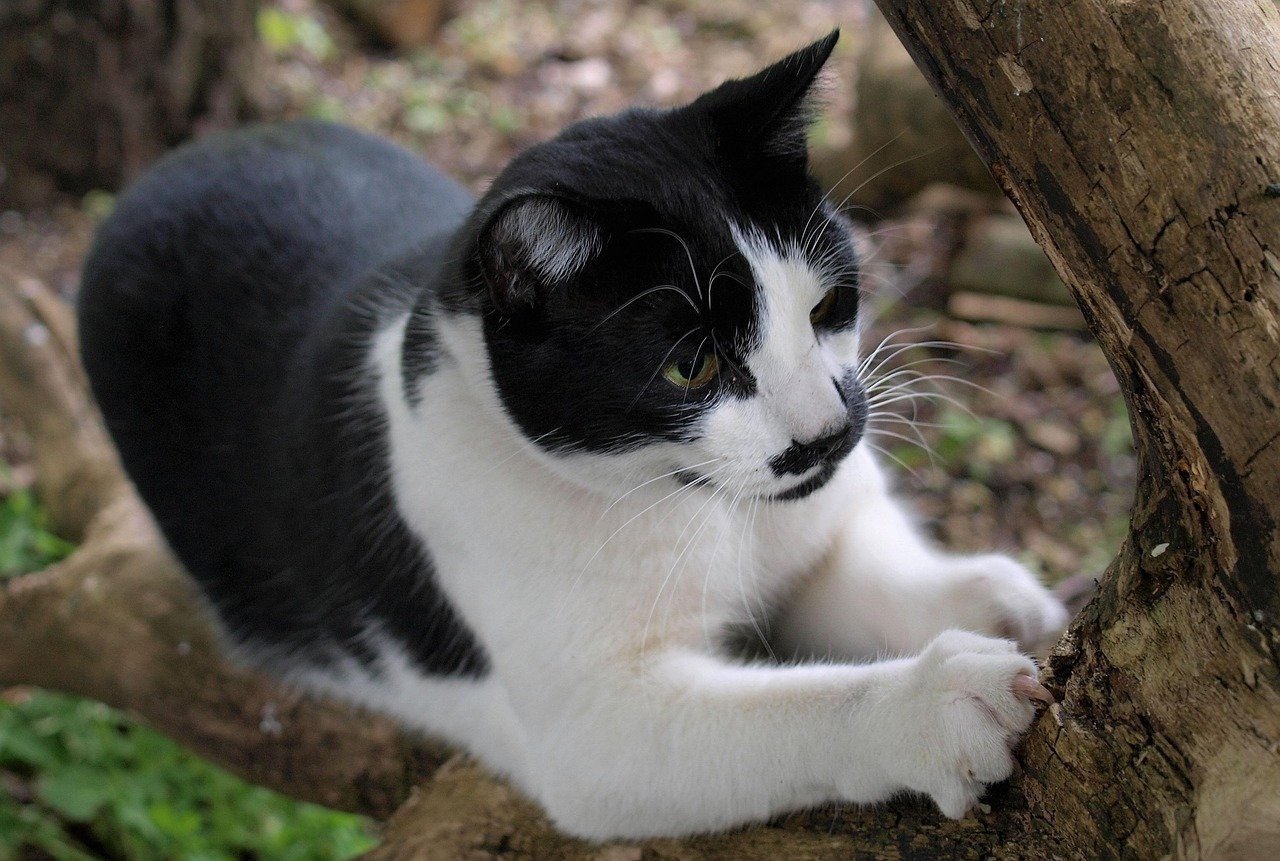
Scratching isn’t just about keeping claws sharp. It’s how cats mark territory, stretch their muscles, and release pent-up energy. Sometimes, scratching is a response to stress or boredom. Providing scratching posts can save your furniture and give your cat a healthy outlet. Watch for changes in scratching behavior, as excessive scratching can signal anxiety or medical issues.
Chattering at Birds: The Hunter’s Lament

Ever notice your cat making a strange chattering noise while watching birds outside the window? This curious sound is often a sign of frustration or excitement. Cats “chatter” when they see prey they can’t reach, almost like they’re practicing their hunting bite. It’s a fascinating glimpse into their wild instincts, reminding us there’s a little tiger lurking inside every housecat.
Greeting You at the Door: Welcome Home Rituals
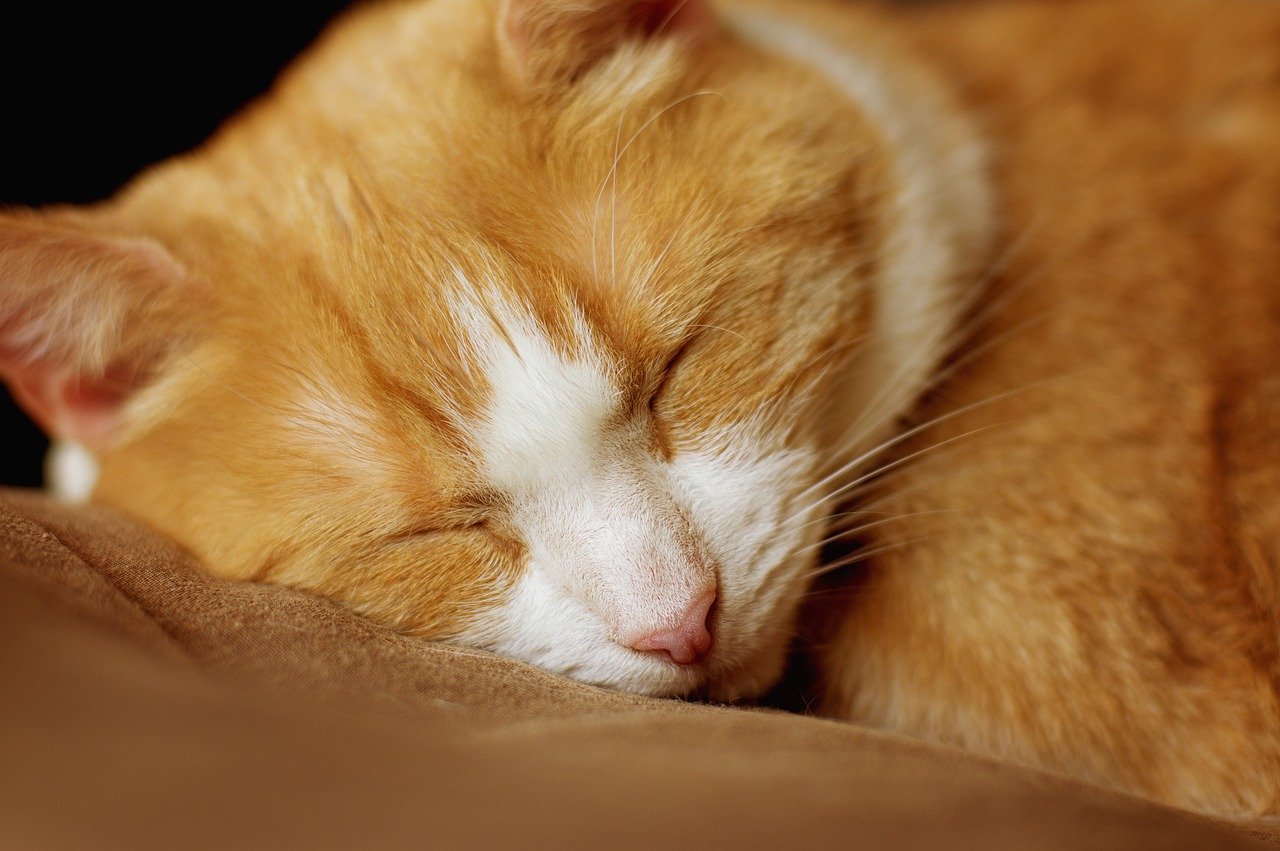
Few things are as heartwarming as a cat waiting to greet you. Whether it’s a chirp, a meow, or a leg rub, your cat’s homecoming routine is packed with affection. They’re genuinely happy to see you and may even bring a favorite toy as a welcome gift. These greetings are a sign of strong attachment and are their way of saying, “I missed you.”
Ignoring You: The Art of Aloofness

Sometimes, cats seem to ignore us completely. This isn’t necessarily a snub; cats value their independence and personal space. They might simply be content, observing from afar, or need some quiet time to recharge. Respecting their boundaries is key to a healthy relationship. When your cat comes back for attention, it means they chose you—on their own terms.
Nighttime Zoomies: Midnight Madness Explained
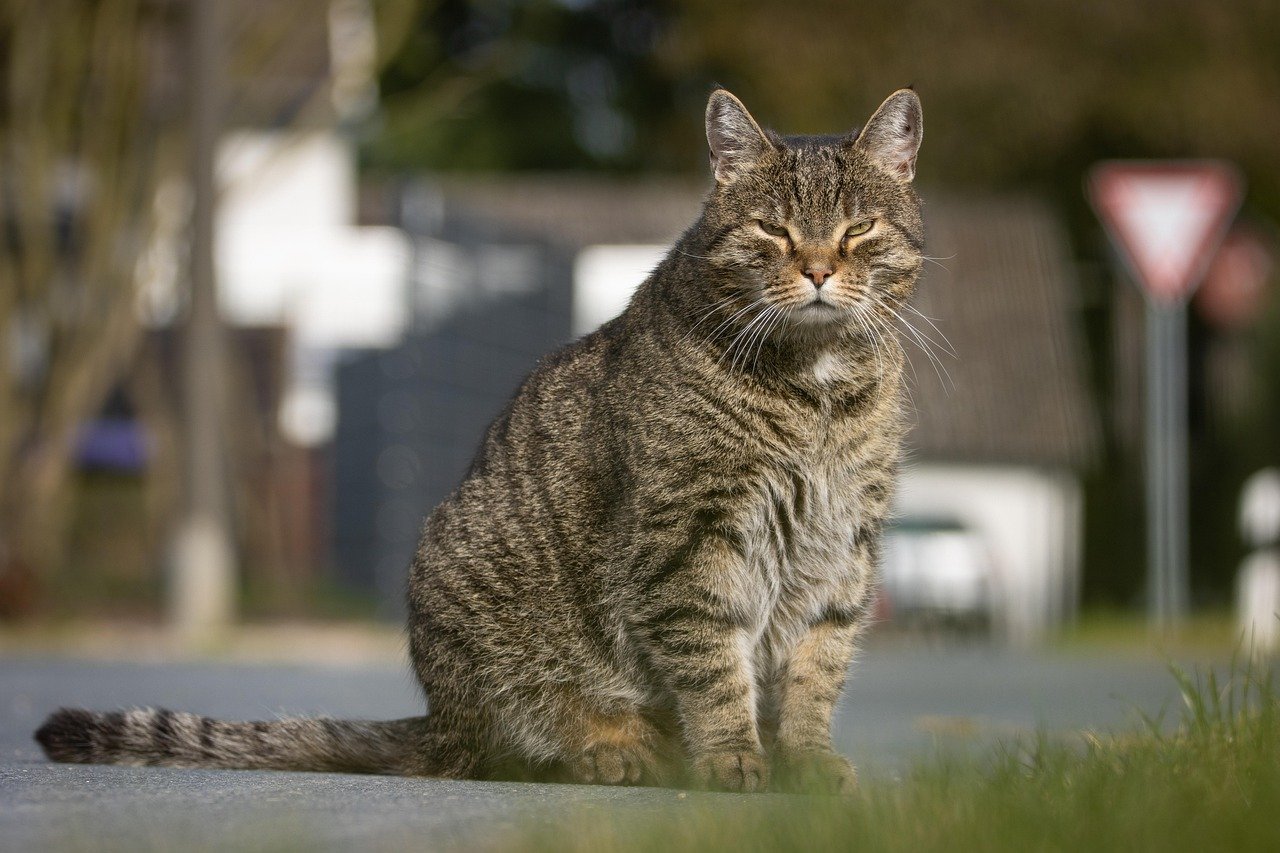
If your cat races around the house at midnight, you’re not alone. These “zoomies” are bursts of energy, often due to pent-up playfulness or hunting instincts. Cats are naturally crepuscular, meaning they’re most active at dawn and dusk. Providing interactive toys and playtime during the day can help channel their energy and lead to more peaceful nights.
Sudden Changes: What to Watch For
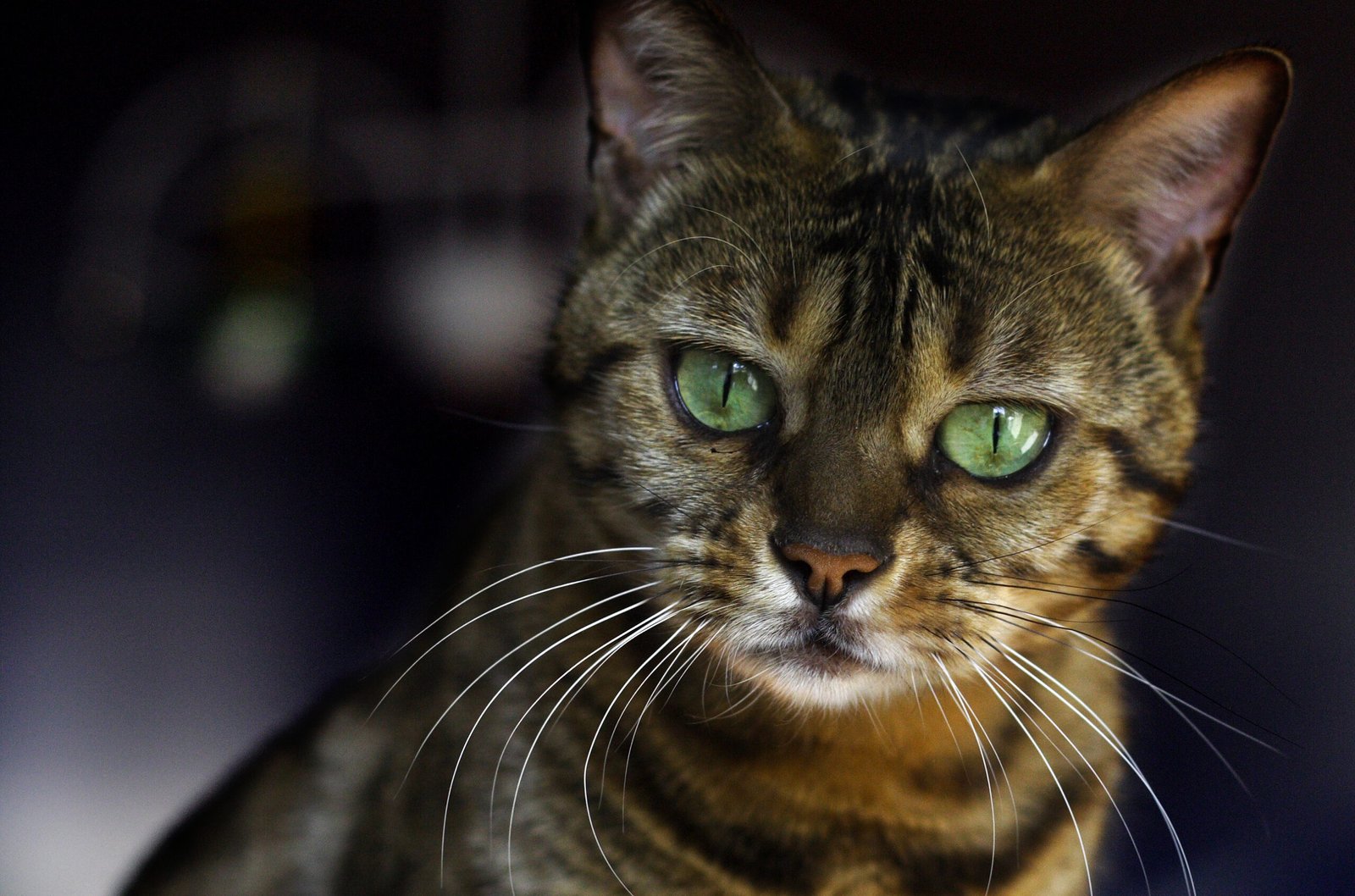
A sudden shift in your cat’s behavior is always worth noting. Changes in eating, grooming, litter box habits, or sociability can signal health problems or emotional stress. Trust your instincts—no one knows your cat better than you do. Regular vet check-ups and a keen eye for these shifts can make all the difference in catching issues early and keeping your feline friend healthy.
Bonding Moments: Building Trust Every Day

Every shared moment—from gentle petting to playful games—builds trust between you and your cat. Understanding their subtle cues and respecting their boundaries strengthens your connection. Spend time observing and interacting with your cat in ways they enjoy. The more you learn about their unique language, the deeper and more rewarding your bond will be.
Hi, I’m Bola, a passionate writer and creative strategist with a knack for crafting compelling content that educates, inspires, and connects. Over the years, I’ve honed my skills across various writing fields, including content creation, copywriting, online course development, and video scriptwriting.
When I’m not at my desk, you’ll find me exploring new ideas, reading books, or brainstorming creative ways to solve challenges. I believe that words have the power to transform, and I’m here to help you leverage that power for success.
Thanks for stopping by, Keep coming to this website to checkout new articles form me. You’d always love it!






